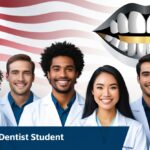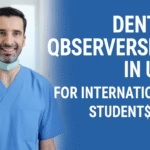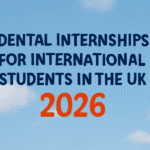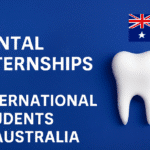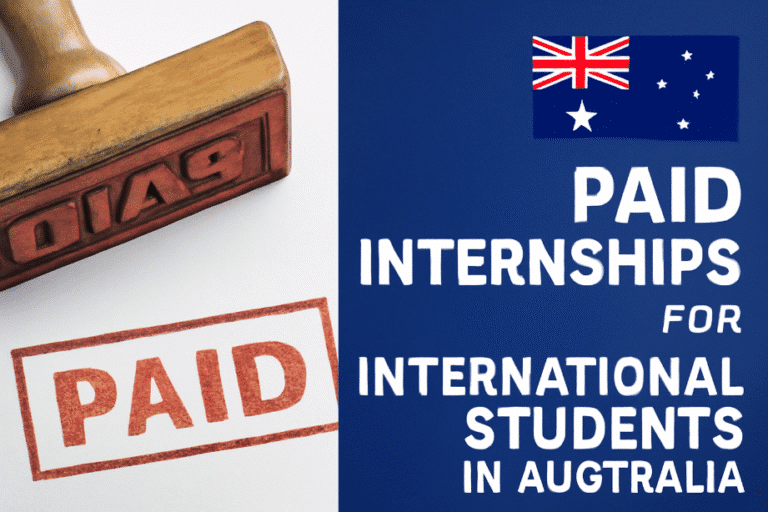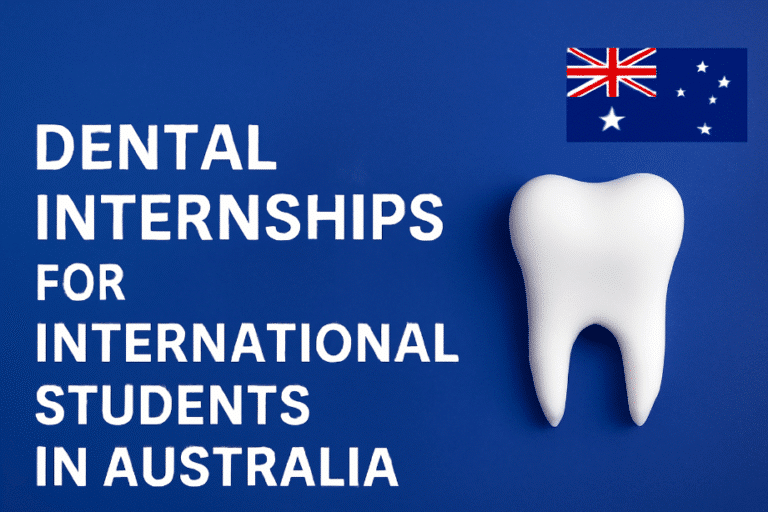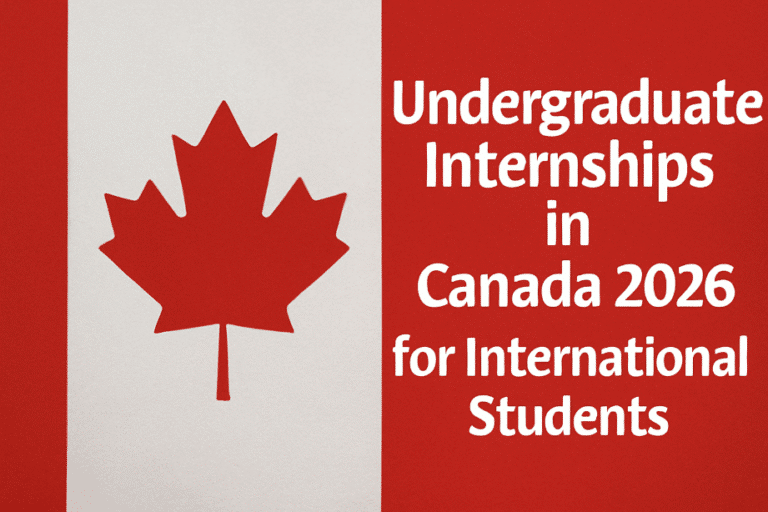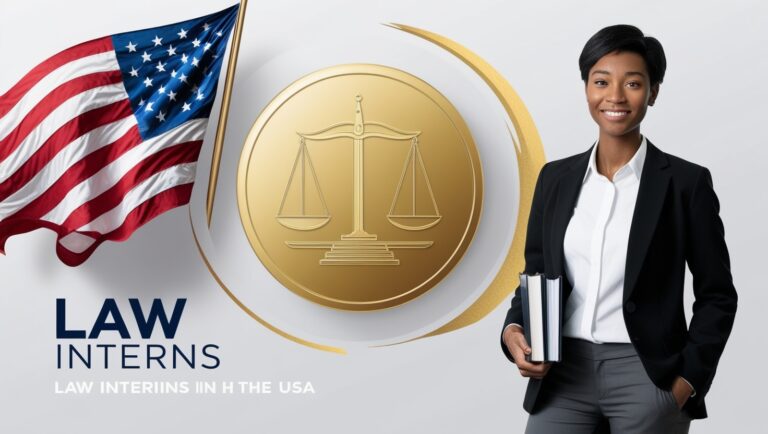6 Best Dental Fellowship Programs in USA for International Students 2026
Dental Fellowship Programs in the USA for International Students 2026
For international dental graduates, pursuing a fellowship in the United States can offer advanced clinical training, research opportunities, and professional networking. These fellowships provide a bridge to specialized practice and enhance your candidacy for residency or academic positions. Below, you’ll find key dental fellowship opportunities available to international professionals—detailed with official links, requirements, benefits, and timelines. Explore related pathways like Dental Observerships and Remote Dental Internships as well.
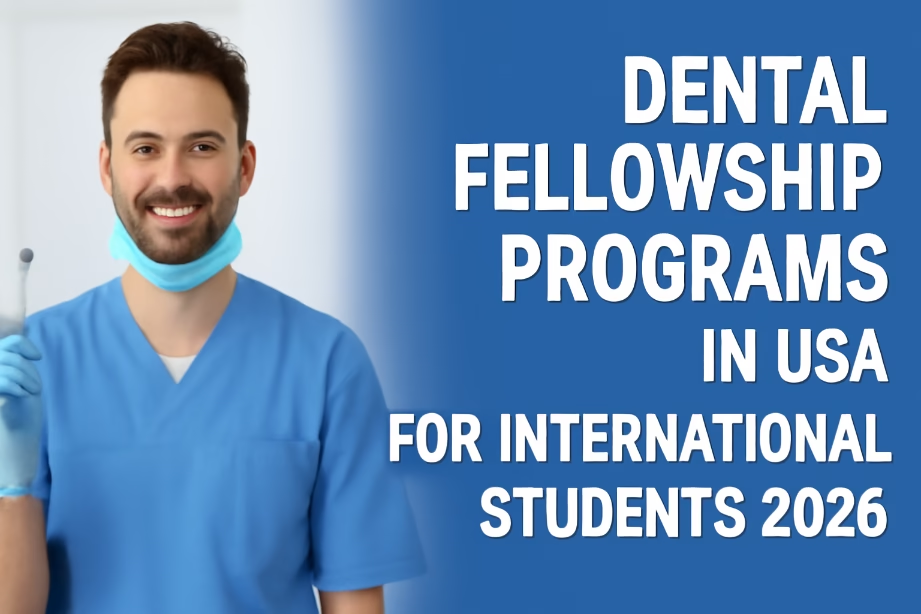
Top Dental Fellowship Opportunities for 2026
- NIH NIDCR Dental Clinical Research Fellowship
Description: A 2–3 year, full-time clinical and translational research fellowship at NIH, Bethesda, with opportunities for grant-writing, capstone presentation, and optional Duke University MHS degree.
Requirements: DDS/DMD or equivalent, strong research interest; U.S. licensure not required; visa holders accepted .
Stipend: Offered, prorated by post-graduate year; benefits included.
Timeline: Applications due August 31 annually. - NYU Advanced Clinical Fellowships
Description: Full-time clinical–didactic fellowships (e.g., Implant Dentistry, Aesthetic Dentistry) and a 2-week Summer Practicum for international dentists.
Requirements: Foreign-trained dentist; note programs are non–CODA-accredited and may not qualify for licensure .
Stipend: Certificate-based programs; no stipend specified.
Timeline: Summer Practicum runs for 2 weeks; full fellowship schedules vary. - AEGD Programs for International Dentists
Description: 12-month (optional second year) certificate programs offering advanced general dentistry training; includes rich clinical exposure (e.g., Columbia University, Temple University).
Requirements: BDS/DDS/DMD from non-CODA school accepted .
Stipend: Tuition-based; e.g., Temple charges ~$78,000 total.
Timeline: Programs typically run July to June; application deadlines vary. - UCSF International Fellowship in Orthodontics
Description: Didactic, clinical observation, and research modules in orthodontics; certificate awarded .
Requirements: Orthodontic qualification, ≥2 years’ experience, three recommendation letters, TOEFL, and J-1 visa for internationals.
Stipend: Certificate only; no stipend specified.
Timeline: Winter module (apply by July 15); Summer module (apply by Jan 15). - AAOMS-Listed OMS Fellowships
Description: Sub-specialty fellowships in craniofacial, oncology, and orthognathic surgery across locations such as Tennessee and Texas.
Requirements: Completion of OMS residency; contact individual program directors.
Stipend: Sponsored fellowships may include salary and benefits in some programs (like advanced orthognathic fellowship).
Timeline: Varies by institution; case logs and application to AAOMS required. - NIDCR Dental Public Health Research Fellowship
Description: Research-focused fellowships in public health—no clinical service—and participation in oral health research programs.
Requirements: No U.S. dental license or clinical experience required; TOEFL/GRE not required; J-1 or F-1 visa options possible.
Stipend: Includes benefits; loan repayment programs may be available.
Timeline: Refer to official NIDCR site for deadlines.

FAQs
1. Are these fellowships open to international graduates?
Yes—most programs listed specifically accept international dental graduates and support visa-based participation, such as J-1 and F-1 with EAD.
2. Do these fellowships lead to licensure?
Not directly. Many are research or observership programs (e.g., NIDCR, NYU), while AEGD and specific advanced clinical fellowships may help prepare for licensure depending on state regulations.
3. Are some of these programs paid or funded?
Certain programs, such as the NIH NIDCR Research Fellowship, offer stipends and benefits. Others, like AEGD or orthodontic observerships, may be tuition-based. Always review each program’s funding details.
4. When should I apply?
Application timelines vary. NIH fellowships typically close around August 31. Orthodontic modules at UCSF require applications by July or January. Check each program’s website for accurate deadlines.
5. How competitive are these fellowships?
Highly competitive—particularly clinical and research fellowships. Strong documentation, clear intent, and institutional recommendations are crucial. Some pathways, like OMS subspecialty fellowships, demand rigorous case log review and accreditation credentials.
6. Can these fellowships assist in transitioning to residencies?
Yes—programs like NYU’s Advanced Clinical Fellowship and NIH research placements can strengthen residency applications by building clinical experience, research portfolios, and academic relationships.
7. Can I find U.S. clinical experience through alternative pathways?
Certain fellowships offer clinical exposure, but observerships (see our Dental Observership guide) and preceptorships can also help build experience and support residency candidacy.
